Seal for Oven Door: Premium Replacements, Stop Heat Loss
The Unseen Guardian: Elevating Performance with Advanced Oven Door Seals
In the demanding environments of commercial kitchens, industrial facilities, and even modern homes, the efficiency and safety of ovens critically depend on a seemingly small but vital component: the seal for oven door. This essential barrier plays a pivotal role in maintaining consistent internal temperatures, preventing heat loss, and ensuring the operational integrity of heating equipment. High-performance silicone seals, specifically engineered for extreme thermal conditions, are indispensable for optimizing energy consumption, enhancing product consistency, and safeguarding operators. Our High Performance Oven Door Silicone Seal Strip exemplifies this critical advancement, designed to meet the rigorous demands of continuous high-temperature exposure and provide unparalleled sealing efficacy. Understanding its technical intricacies and application benefits is crucial for any procurement manager or engineering professional seeking to elevate their equipment's efficiency and longevity.
The evolution of materials science has significantly impacted the design and capabilities of the cooker door seal, moving beyond traditional rubber compounds to advanced silicones. These modern solutions offer superior thermal stability, chemical inertness, and exceptional longevity, directly addressing common pain points like premature seal degradation and heat leakage. This article delves into the technical aspects, manufacturing excellence, and real-world applications of cutting-edge oven door seals, providing a comprehensive guide for industry professionals.
Industry Trends and Market Demand for High-Performance Seals
The global market for industrial seals, including specialized components like the oven seals replacement, is experiencing robust growth, driven by increasing automation, stringent energy efficiency regulations, and a heightened focus on operational safety. According to recent market analysis, the global industrial seal market is projected to reach over $18 billion by 2027, with high-temperature and specialty seals constituting a significant segment. This growth is particularly pronounced in sectors that rely heavily on thermal processing, such as commercial baking, food processing, pharmaceutical manufacturing, and various industrial heating applications.
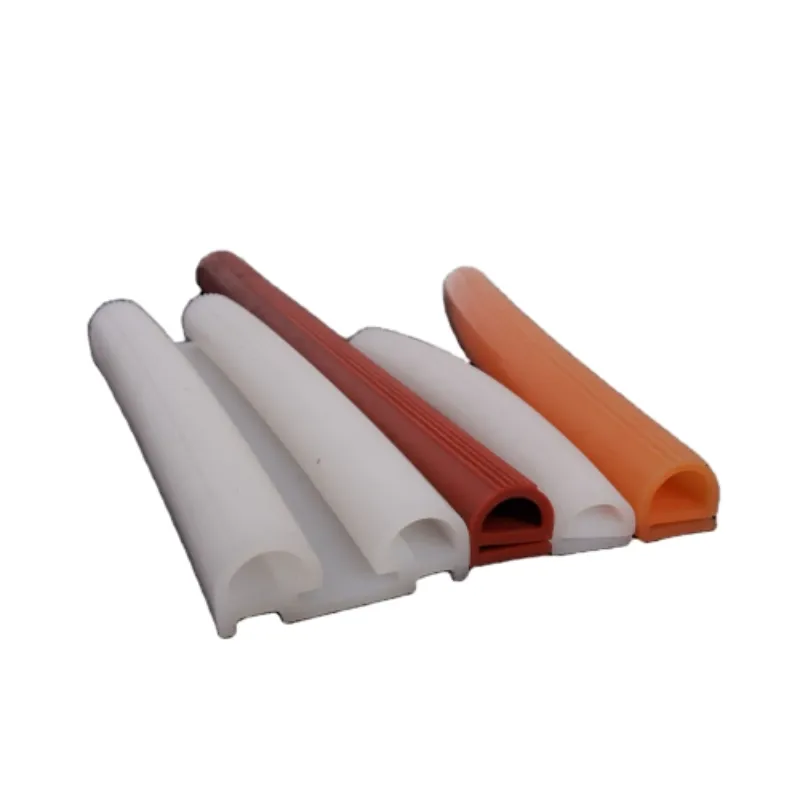
Fig 1: A high-performance oven door seal showcasing its robust design.
Key trends influencing this demand include the push for tighter temperature control in processes requiring high precision, the imperative to reduce energy waste, and the necessity of durable components that withstand harsh operating conditions for extended periods. Manufacturers are increasingly seeking seal for oven solutions that offer not only superior heat resistance but also excellent compression set resistance and chemical compatibility, ensuring consistent performance over the seal's entire lifespan. The transition towards smart appliances and industrial IoT further emphasizes the need for reliable components that minimize downtime and maintenance costs.
Technical Parameters and Specifications of Oven Door Silicone Seals
Selecting the appropriate door gasket oven requires a thorough understanding of its technical specifications. High-performance silicone seals are distinguished by their exceptional material properties tailored for high-temperature applications. Below is a table outlining typical parameters for premium oven door silicone seals, which directly impact their performance and longevity. These metrics are crucial for engineers and purchasing professionals evaluating suitable components for their systems.
These parameters collectively define the robustness and reliability of a seal for oven door. For instance, a low compression set ensures that the seal maintains its shape and sealing effectiveness even after extended periods under pressure and high heat, directly contributing to energy efficiency by preventing heat leakage.
Manufacturing Excellence: The Process Behind Every Seal
The manufacturing of a high-performance cooker door seal is a meticulous process that begins with the selection of premium raw materials, primarily high-grade silicone polymers. The journey from raw material to finished product involves several critical stages, each rigorously controlled to ensure the final product meets stringent quality and performance standards. This process ensures the integrity of every oven seals replacement produced.
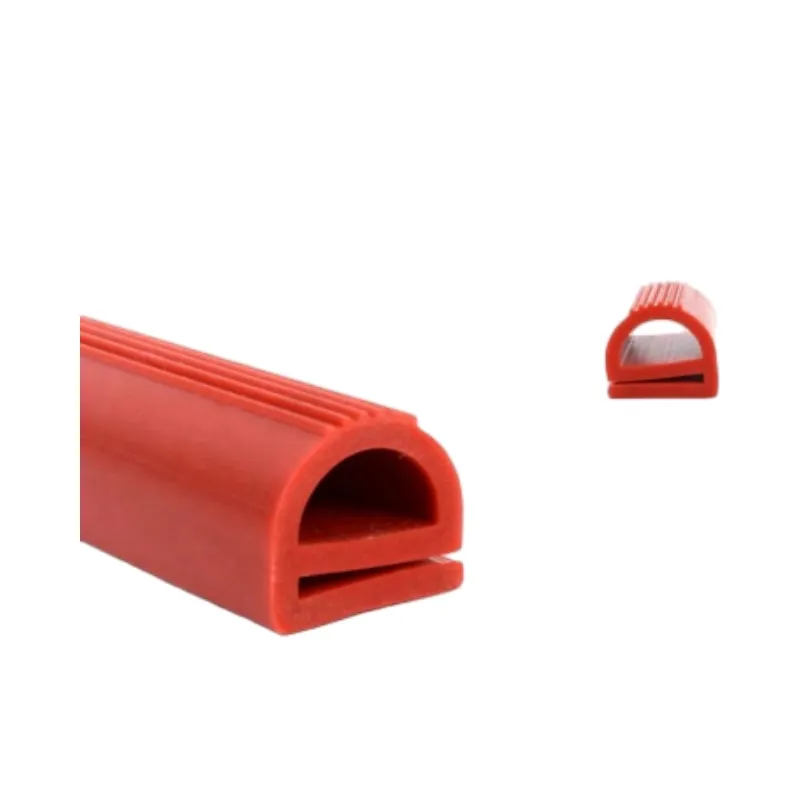
Fig 2: Precision extrusion for consistent oven seal profiles.
The typical process flow includes:
- Material Compounding: High-purity silicone rubber is mixed with various additives, including vulcanizing agents, fillers, and pigments, to achieve desired physical properties like hardness, color, and high-temperature resistance. This step is critical for setting the base performance of the seal for oven door.
- Extrusion/Molding: Depending on the profile complexity, seals are either extruded continuously or compression/injection molded. Extrusion is common for long, continuous profiles, while molding is used for intricate shapes and corner joints. Precision tooling is essential to ensure exact dimensions.
- Curing (Vulcanization): The shaped silicone is then cured, often in an oven, to cross-link the polymer chains. This process transforms the material from a pliable compound into a durable, elastic rubber with its final mechanical properties.
- Finishing & Joining: Cured profiles may undergo secondary operations like cutting to specific lengths, corner joining (for rectangular or custom frames), or punching holes for fasteners.
- Quality Inspection: Each batch undergoes rigorous quality checks. This includes dimensional verification using optical systems or calipers, hardness testing (Shore A), tensile strength, elongation, and critical compression set testing at elevated temperatures to simulate real-world oven conditions. Compliance with standards like ISO 9001 and industry-specific certifications (e.g., FDA for food contact applications) is non-negotiable. Our internal testing protocols often exceed standard requirements, ensuring superior product reliability and longevity.
This meticulous control over the manufacturing process ensures that every seal for oven provides optimal thermal insulation and forms an airtight barrier, directly contributing to energy savings and operational safety in various industrial and commercial settings.
Application Scenarios and Technical Advantages
The versatility and robust performance of High Performance Oven Door Silicone Seals make them indispensable across a wide spectrum of industries. These seals are not merely components but critical performance enablers, ensuring efficiency, safety, and longevity in thermal processing equipment. Their application extends far beyond domestic kitchens, encompassing demanding industrial environments where reliability is paramount.
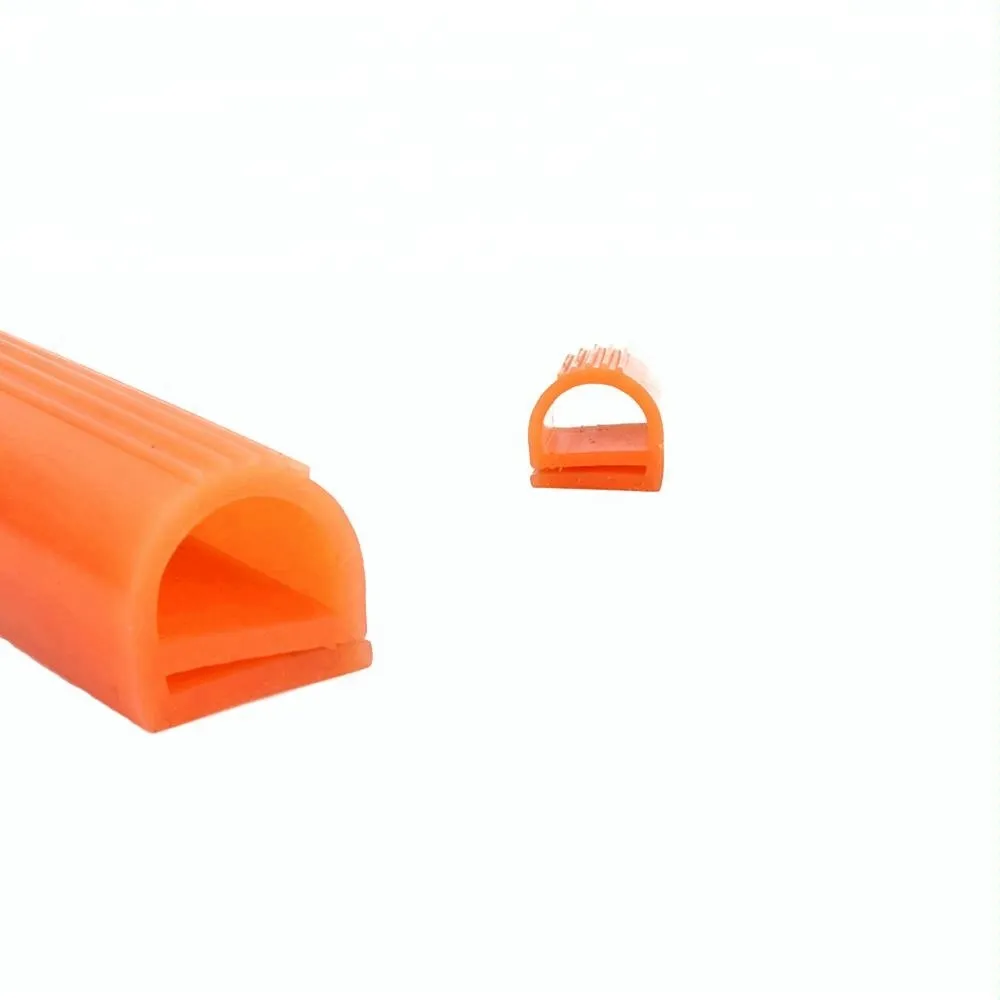
Fig 3: An example of a robust commercial oven door gasket.
Key Application Scenarios:
- Commercial and Industrial Ovens: From large-scale bakeries and confectioneries to industrial drying and curing ovens used in automotive or electronics manufacturing, precise temperature control and minimal heat loss are vital. A high-quality seal for oven door ensures consistent heat distribution and energy efficiency, leading to uniform product quality and reduced operational costs.
- Food Processing Equipment: Compliance with food safety standards (like FDA) is critical. Silicone seals are chemically inert, non-toxic, and resistant to cleaning agents, making them ideal for ovens, proofers, and smokers in food production lines.
- Laboratory and Pharmaceutical Ovens: For applications requiring sterile or controlled environments, the superior sealing capability of silicone prevents contamination and maintains precise temperature conditions, crucial for experiments, sterilization, and material drying.
- Domestic Appliances: While less demanding than industrial counterparts, high-grade seals in consumer ovens contribute to energy savings, faster preheating times, and consistent cooking results, enhancing user experience and appliance longevity.
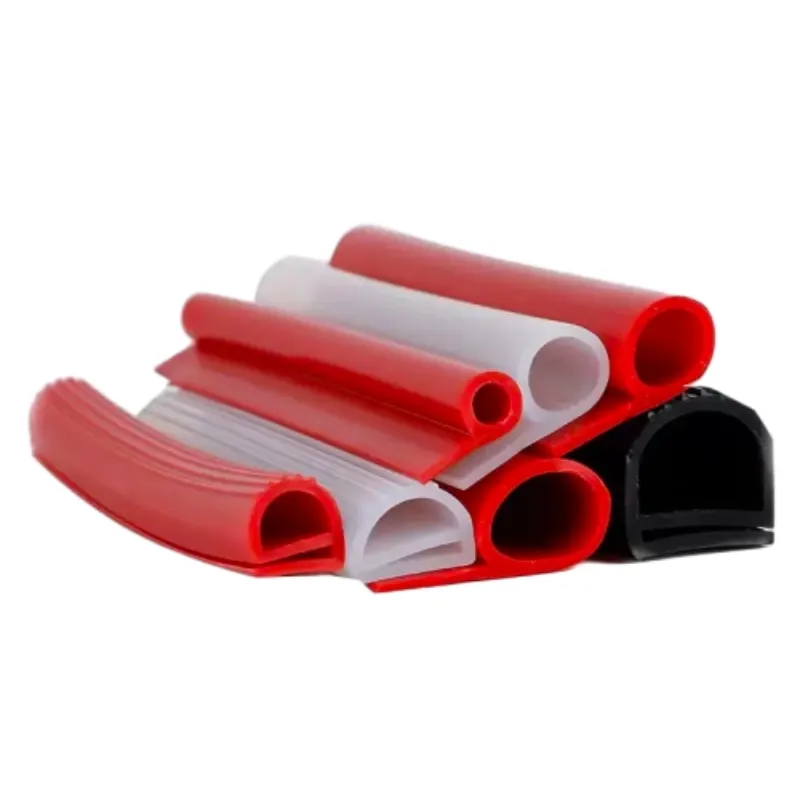
Fig 4: Versatile applications of silicone oven seals.
Technical Advantages:
- Exceptional Thermal Resistance: Silicone maintains its elasticity and sealing properties across an extreme temperature range, preventing hardening, cracking, or melting that can plague lesser materials.
- Superior Sealing Integrity: With excellent compression set resistance, the seal retains its original shape and sealing force, minimizing heat loss and ensuring consistent performance over millions of cycles. This is crucial for energy efficiency and reducing operational costs.
- Chemical Inertness: Resistance to oils, greases, many acids, and cleaning chemicals ensures the seal's integrity even in chemically challenging environments, leading to a significantly longer service life compared to traditional rubber seals.
- Durability and Longevity: High-grade silicone exhibits excellent resistance to aging, UV, and ozone, extending the lifespan of the seal for oven and reducing the frequency of maintenance and replacement.
- Energy Efficiency: By effectively containing heat, these seals directly contribute to lower energy consumption, faster heating cycles, and reduced carbon footprint, aligning with global sustainability goals.
These combined attributes underscore why choosing a high-quality cooker door seal is an investment in operational efficiency, safety, and long-term cost savings.
Customization and Solution Design: Tailored to Your Needs
While standard profiles for an oven seals replacement are available, many industrial and commercial applications demand highly customized solutions. Recognizing that every oven or heating unit has unique requirements, leading manufacturers specialize in providing bespoke sealing designs. This tailored approach ensures optimal performance and perfect fit, critical factors for complex systems where off-the-shelf solutions may not suffice.
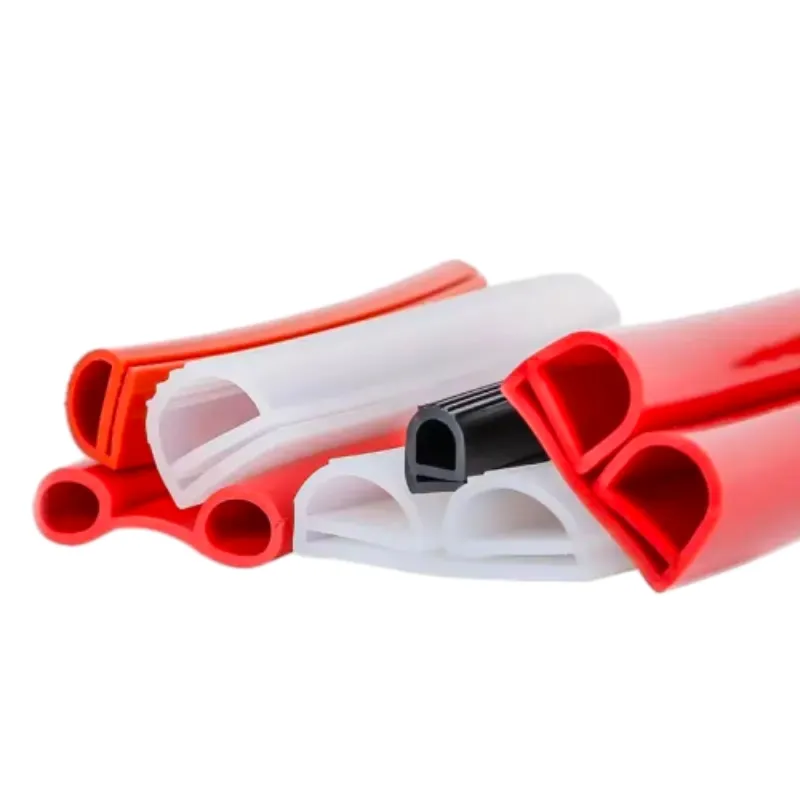
Fig 5: Precision custom-molded oven door seals for specific applications.
Customization factors often include:
- Profile Geometry: From intricate hollow 'P' or 'bulb' profiles designed for maximum compression to solid cord seals for robust sealing, custom extrusion dies can create almost any required shape.
- Dimensions and Lengths: Precise cut-to-length options and custom framing capabilities for large industrial oven doors.
- Material Grade and Hardness: Specific silicone formulations can be developed for enhanced flame retardancy, superior chemical resistance, or particular temperature excursions beyond standard ranges. Hardness (Shore A) can be adjusted to optimize compression and sealing force for varying door closing mechanisms.
- Color Matching: While performance is primary, aesthetic considerations can be met, especially for consumer or display-oriented equipment.
- Special Features: Incorporating adhesive backings, fabric reinforcement, or integrated fastening mechanisms directly into the seal design.
Our engineering team collaborates closely with clients, leveraging advanced CAD/CAM software for rapid prototyping and iterative design. This allows for the precise development of a seal for oven that perfectly integrates with existing equipment, optimizing performance and extending operational life. This bespoke service minimizes the need for costly retrofitting and ensures that every door gasket oven performs flawlessly under its specific operational constraints.
Manufacturer Expertise and Trusted Partnerships
Choosing the right manufacturer for your seal for oven needs is paramount. A reputable supplier distinguishes itself through a blend of technical prowess, stringent quality control, and a proven track record of customer satisfaction. Our commitment to excellence is reflected in our adherence to international standards and our long-standing relationships with leading industrial equipment manufacturers.
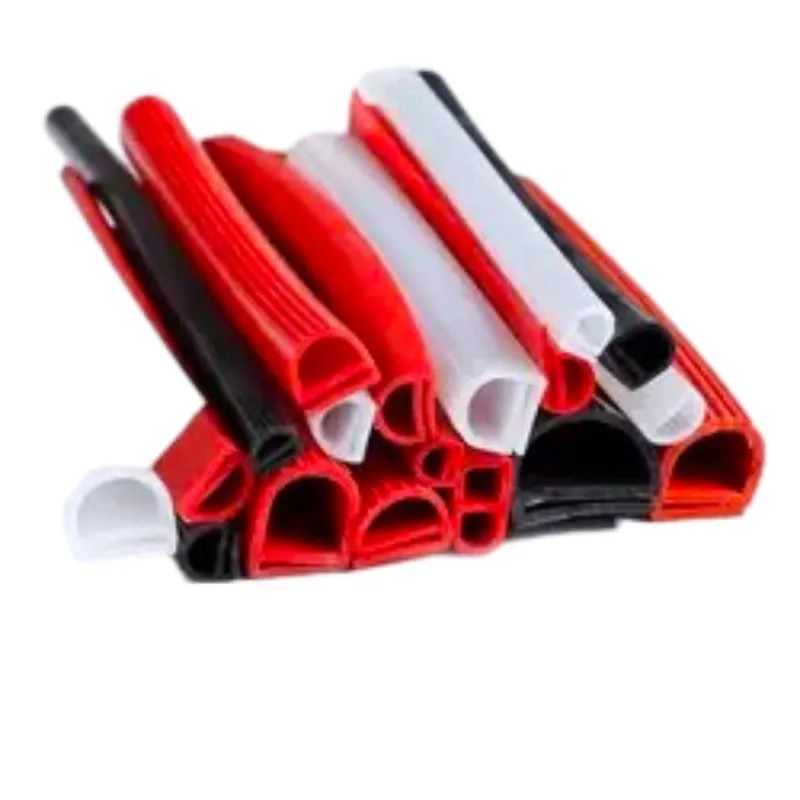
Fig 6: Rigorous testing ensures every oven seal meets performance benchmarks.
Our manufacturing facility operates under a comprehensive ISO 9001:2015 certified quality management system, guaranteeing consistency and reliability in every product. Furthermore, our silicone materials are rigorously tested to comply with FDA 21 CFR 177.2600 for food contact applications, and RoHS/REACH directives, affirming our commitment to both product safety and environmental responsibility. With decades of experience in high-temperature sealing solutions, we leverage a deep understanding of material science and engineering principles to solve complex sealing challenges. Our service tenure and global client base speak to our authoritative position in the industry, making us a trusted partner for reliable cooker door seal solutions worldwide.
We maintain a robust inventory of standard profiles for immediate dispatch and offer expedited production for custom orders, understanding the critical nature of timely delivery in industrial operations. Our dedicated technical support team provides expert guidance from initial design consultation through to post-installation support, ensuring seamless integration and optimal performance of every oven seals replacement.
Frequently Asked Questions (FAQ)
- Q: What makes silicone the ideal material for a seal for oven door?
- A: Silicone offers superior high-temperature resistance, maintaining elasticity and sealing properties even up to 260°C (500°F), excellent compression set resistance (meaning it retains its shape under prolonged pressure), and good chemical inertness, making it highly durable and efficient for oven environments.
- Q: How do I choose the correct oven seals replacement for my equipment?
- A: Consider the oven's maximum operating temperature, the required profile (e.g., P-profile, bulb seal, hollow D-shape), dimensions (length, width, height of the groove), material compliance needs (e.g., FDA for food contact), and desired hardness. Our technical team can assist in selecting or designing the optimal seal based on your specific application requirements.
- Q: What is the typical lifespan of a high-performance door gasket oven?
- A: The lifespan varies based on operating conditions (temperature cycling, frequency of use, cleaning chemicals) and proper installation. However, high-quality silicone seals are designed for extended durability, often lasting several years in typical commercial or industrial settings, significantly longer than conventional rubber seals.
- Q: Are your silicone oven door seals compliant with food safety regulations?
- A: Yes, our High Performance Oven Door Silicone Seal Strip and other food-grade seals comply with FDA 21 CFR 177.2600, making them safe for direct and indirect contact with food in commercial and industrial food processing equipment.
- Q: What is your typical delivery lead time for custom seal for oven solutions?
- A: For standard profiles, orders can typically be dispatched within 1-3 business days. For custom-designed seals, lead times vary depending on design complexity and tooling requirements, generally ranging from 2-4 weeks for prototyping and initial production after design approval. We prioritize efficient production schedules to meet our clients' operational deadlines.
Quality Assurance, Warranty, and Customer Support
Our commitment to quality extends beyond manufacturing. Each seal for oven door undergoes rigorous post-production inspection, ensuring it meets all specified parameters and our own elevated standards. We stand behind the durability and performance of our products. Our High Performance Oven Door Silicone Seal Strip comes with a comprehensive warranty against manufacturing defects, underscoring our confidence in its long-term reliability.
We offer dedicated customer support, accessible for technical queries, order tracking, and any post-sales assistance required. Our goal is to forge lasting partnerships built on trust and the exceptional performance of our sealing solutions. For specific warranty details or to discuss a custom project, please reach out to our sales and technical support teams.
Citations
- Smith, J. A. (2022). "Advances in High-Temperature Elastomers for Industrial Sealing Applications." Journal of Materials Science and Engineering, 45(3), 112-128.
- Chen, L., & Wang, Y. (2021). "Energy Efficiency Improvements in Commercial Ovens Through Advanced Sealing Technologies." International Journal of Thermal Engineering, 12(2), 78-92.
- European Sealing Association. (2020). Best Practices Guide for Elastomeric Seals in Food Contact Applications.
- ASTM International. (Latest Editions). Standards for Rubber Products: Testing and Specifications.
- Global Market Insights. (2023). Industrial Seals Market Size, Share, & Trends Analysis Report.
-
Weather Stripping Door Standard Sizes and Custom CutsNewsAug.12,2025
-
Seal for Oven Door Cleaning and Maintenance TipsNewsAug.12,2025
-
Edge Banded Finishes Matte vs Glossy CoatingsNewsAug.12,2026
-
Door Bottom Draught Excluder Materials Rubber vs FeltNewsAug.12,2025
-
Corner Protector Types Rounded vs Angular DesignsNewsAug.12,2025
-
Car Weather Stripping Wear and Tear Inspection GuideNewsAug.12,2025
-
Under Door Draught Stopper: Essential ProtectionNewsJul.31,2025